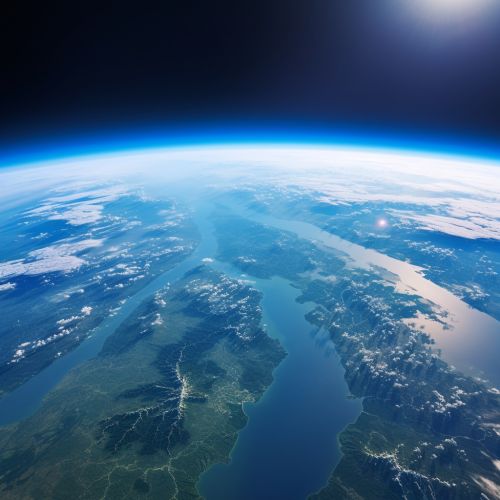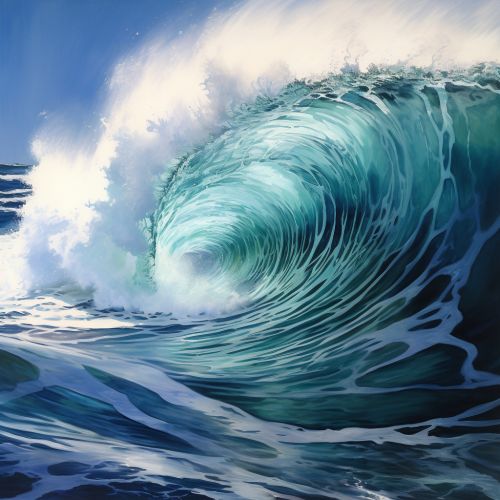Biophysical environment
Introduction
The biophysical environment is a complex system that encompasses the physical and biological aspects of the Earth's surface and atmosphere. This includes the lithosphere, hydrosphere, atmosphere, and biosphere. These components interact in various ways to create the conditions necessary for life.


Components of the Biophysical Environment
The biophysical environment consists of several key components, each of which plays a crucial role in supporting life on Earth.
Lithosphere
The lithosphere is the solid, outer part of the Earth. It includes the crust and the uppermost part of the mantle. The lithosphere is broken up into several large and small tectonic plates, which move relative to each other. This movement can cause earthquakes, volcanic activity, and the creation of mountain ranges.
Hydrosphere
The hydrosphere encompasses all of the Earth's water, including the oceans, seas, rivers, lakes, groundwater, and water in the atmosphere. The hydrosphere plays a vital role in supporting life, as water is an essential component of all known forms of life.


Atmosphere
The atmosphere is the layer of gases that surrounds the Earth. It is composed mainly of nitrogen and oxygen, with smaller amounts of other gases such as carbon dioxide and argon. The atmosphere protects life on Earth by absorbing ultraviolet solar radiation and reducing temperature extremes between day and night.
Biosphere
The biosphere is the global sum of all ecosystems. It can also be termed the zone of life on Earth, a closed system (apart from solar and cosmic radiation and heat from the interior of the Earth), and largely self-regulating.
Interactions Between Components
The components of the biophysical environment do not exist in isolation; they interact in complex ways that are critical for the support of life.
Lithosphere and Hydrosphere
The lithosphere and hydrosphere interact in many ways. For example, the movement of tectonic plates can cause changes in sea level and the shape of the Earth's coastlines. Additionally, the weathering of rocks in the lithosphere contributes to the composition of the hydrosphere.


Atmosphere and Biosphere
The atmosphere and biosphere are also closely linked. For instance, photosynthesizing organisms in the biosphere produce oxygen, which is a critical component of the atmosphere. Conversely, the atmosphere provides the carbon dioxide necessary for photosynthesis.
Human Impact on the Biophysical Environment
Humans have a significant impact on the biophysical environment. This impact can be seen in a variety of ways, from the alteration of landscapes to the pollution of the atmosphere and hydrosphere.
Land Use Changes
Human activities, such as agriculture and urbanization, have led to significant changes in the Earth's lithosphere. These changes can have a variety of impacts, including soil erosion, changes in water quality, and loss of biodiversity.
Pollution
Human activities also contribute to pollution in the atmosphere and hydrosphere. This pollution can have a variety of negative impacts, including climate change and harm to aquatic ecosystems.


Conclusion
The biophysical environment is a complex system that is critical for the support of life on Earth. Understanding this system and the ways in which it is impacted by human activities is crucial for the preservation of our planet.
